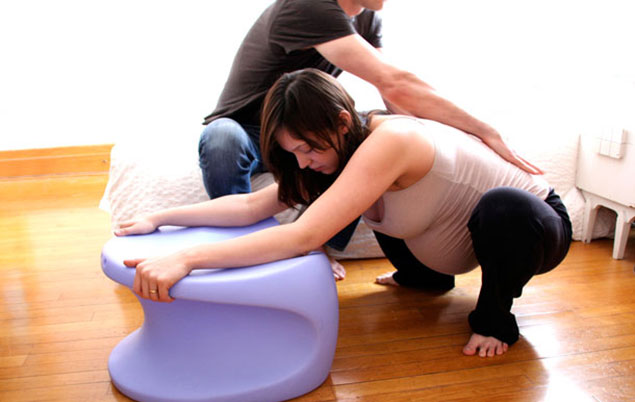Massage:
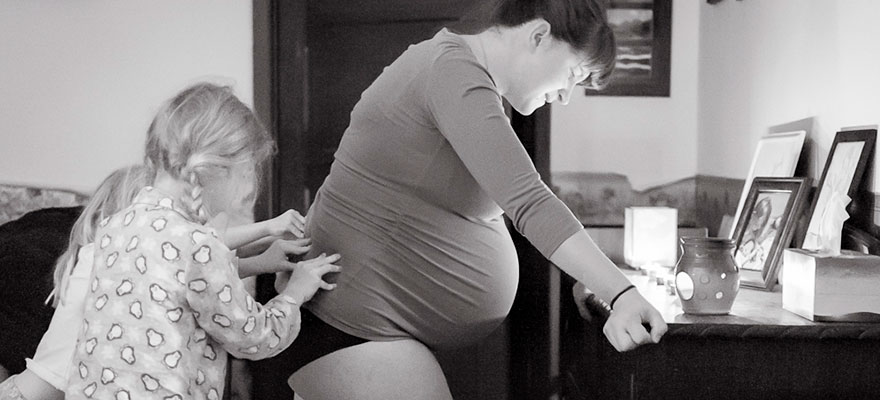
Massage is performed by applying pressure to and/or rubbing the muscles and joints of the body. It can help facilitate relaxation by relieving anxiety and physical discomforts associated with tension and pain. It is a simple comfort measure that can be used at any point throughout labour.
Relaxation and breathing techniques:

There are a number of simple relaxation and breathing techniques that can be used throughout labour. Some of these techniques include yoga, meditation, hypnosis and focused breathing. Engaging in activities that promote relaxation can help reduce feelings of pain, fear, and anxiety during labour.
Find out more about what the research says regarding hypnosis for pain management during labour hereThis article summarizes the research on hypnosis for pain management in labour..
Hydrotherapy:
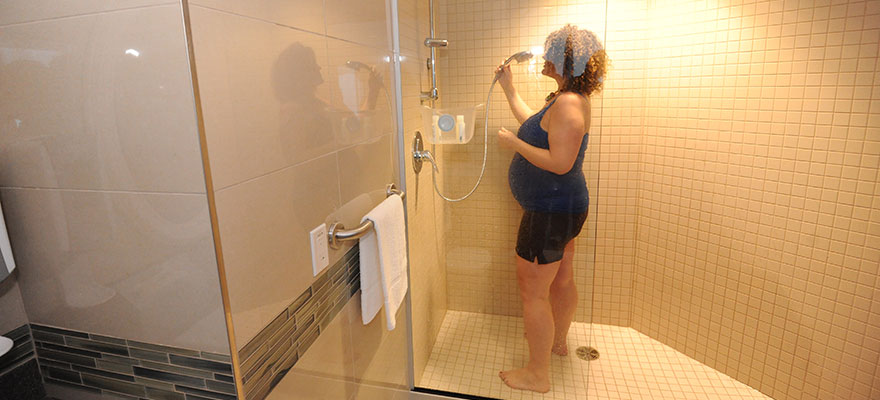
Hydrotherapy is the use of water to encourage relaxation and manage pain in labour. Some people also find that it allows them to move their body more freely. Examples of hydrotherapy include deep submersion in warm water or taking a warm shower. Using water for comfort during labour is an easy and effective way to reduce pain, anxiety, and stress.
Find more about what the research says about hydrotherapy in labour hereThis position statement from the American College of Nurse-Midwives (ACNM) describes the benefits of hydrotherapy in labour and why it is an important pain management option for labouring people..
Tools to support position changes and provide added comfort during labour

People in labour tend to naturally move their bodies in ways that bring them comfort and relieve pain. Moving and changing positions is a simple and effective way to encourage dynamic changes in the shape of your pelvis and can help your baby get into a favourable position for birth. Your midwife may also suggest specific positions to support your labour progress and help relieve pain associated with the relationship between your baby’s head and the bones of your pelvis. Birth balls and birth slings are two tools that can promote your mobility in a supportive and comforting way.
-
Birth balls. Birth balls are large rubber balls—commonly used in exercise—that can be used to increase your mobility and comfort level during labour. Some people like to sit on the ball while rocking and rotating their pelvis. Sitting on the ball may help relieve lower back pain and encourage the baby into an optimal position for birth.
-
Birth slings: Birth slings are large, soft pieces of fabric that hang from the ceiling and are used to support you in various positions throughout labour. They can enhance your mobility and provide a sense of control over your movements and may help encourage the baby into an optimal position for birth.
Check out this video to see how they use birth slings at the Toronto Birth Centre:
Sterile water injections:
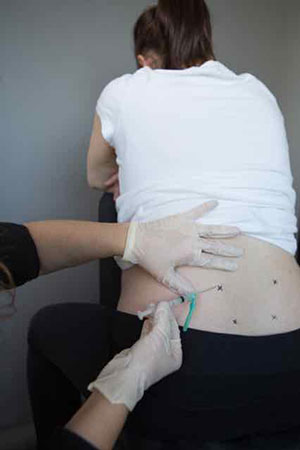
Sterile water injections are a series of two to four injections of sterile water between the layers of your skin on your lower back. They are used to help reduce back pain in labour, or the experience of back labour. Back labour occurs when the pain associated with labour is experienced predominantly in the lower back. This can be caused when the baby is in a position where the back of their head applies pressure on the labouring person’s lower back and/or tailbone.
Sterile water injections are accompanied by a brief stinging sensation similar to a bee sting. Many people report feeling immediate relief from the pain associated with back labour however, which typically lasts for about one to three hours. Sterile water injections do not affect your level of consciousness or your ability to move around freely during labour.
Find out more about sterile water injections hereThis article summarizes the research on sterile water injections for pain relief in labour..
Transcutaneous electrical nerve stimulation (TENS):
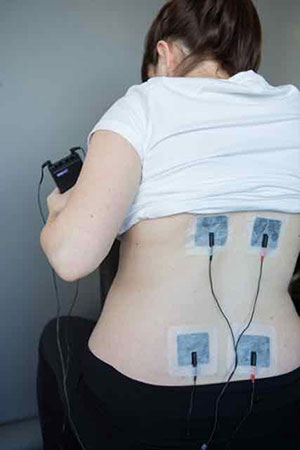
TENS is a self-controlled, hand- held machine connected by wires to pads that are placed directly on your back. The machine releases gentle pulses of electrical current via the pads on your back to your body. It is thought that these electrical pulses help increase your body’s natural pain killers and send messages to the brain to block certain pain signals. Using TENS during labour can provide you with an increased sense of control over your pain relief experience.
Nitrous oxide:
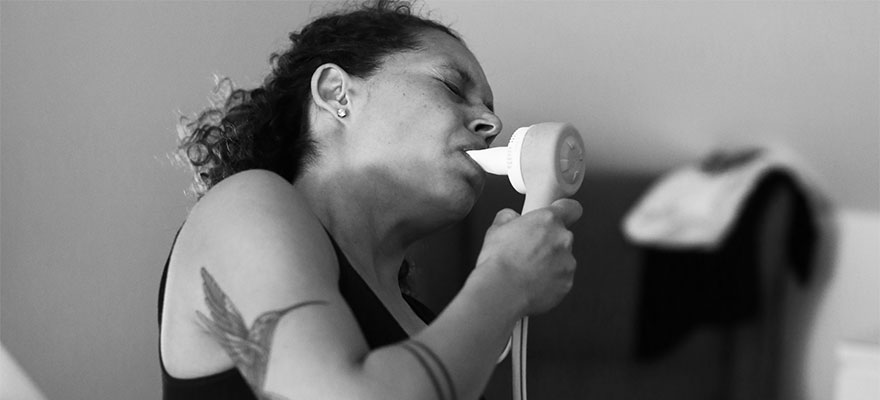
Nitrous oxide is a colourless gas that you can inhale during your contractions to help manage the pain associated with them. The gas is breathed in at the start of a contraction through a mask that you hold up to your face. Within two to three breaths, most people feel a reduction in pain, a decrease in anxiety and an increase in overall wellbeing.
Epidural:
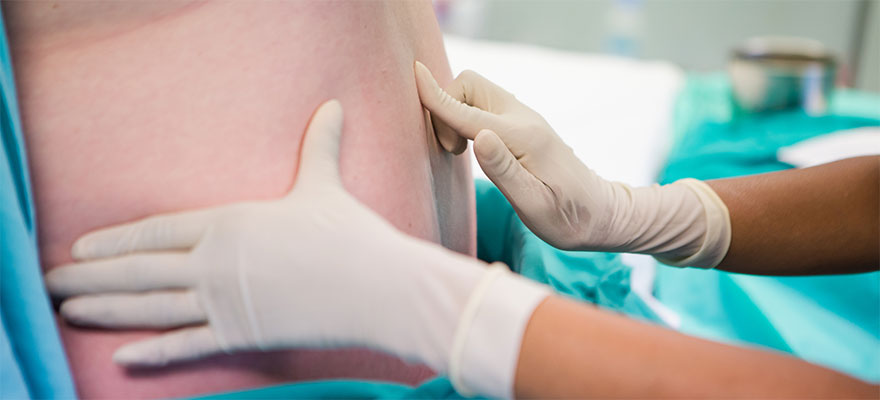
An epidural involves administering pain relieving medications through a small tube placed in your lower back by a doctor called an anesthesiologist. A hollow needle is used to create a path that allows a fine tube to be inserted between the bones of your spine. The needle is removed, and the tube is left in place allowing medication to be directly injected around the nerves that are responsible for sending labour pain signals to your brain. Most people report complete relief within around 20 minutes and having an epidural does not affect your level of consciousness.
Although epidurals provide very effective pain relief during labour, they are also accompanied by important side effects that are worth considering. For example having an epidural may diminish your mobility and may also require increased monitoring of you and your baby. For more information about the benefits and risks of various pain medications for labour used in the hospital, you can visit HealthyFamilies BC page on Pain Relief Options for Labour and Birth.
Opioid analgesics:

Opioid analgesics are pain medications that act on the central nervous system such as Fentanyl or Morphine. Depending on the medication, they can be taken orally or injected into a vein or a muscle and provide moderate-to-strong pain relief. Opioid analgesics can be used to help you relax and reduce your experience of pain, particularly in the earlier stages of labour. These medications can affect your level of consciousness as well as your baby’s. Both of you may feel drowsy! For this reason, it is preferable not to use Opioids too close to the birth as they may interfere your baby’s breathing and ability to breastfeed. Your midwife can help you decide on the correct drug and dose for safe, optimal pain relief.
Learn about birthplace options:

